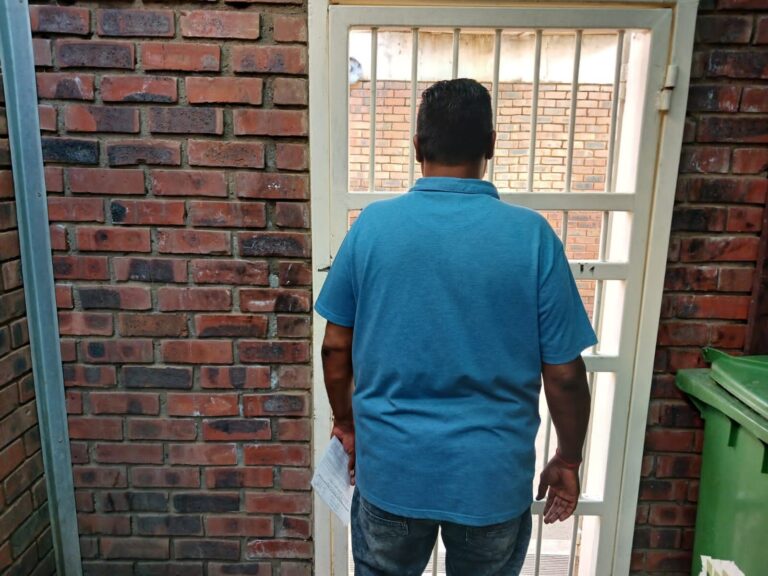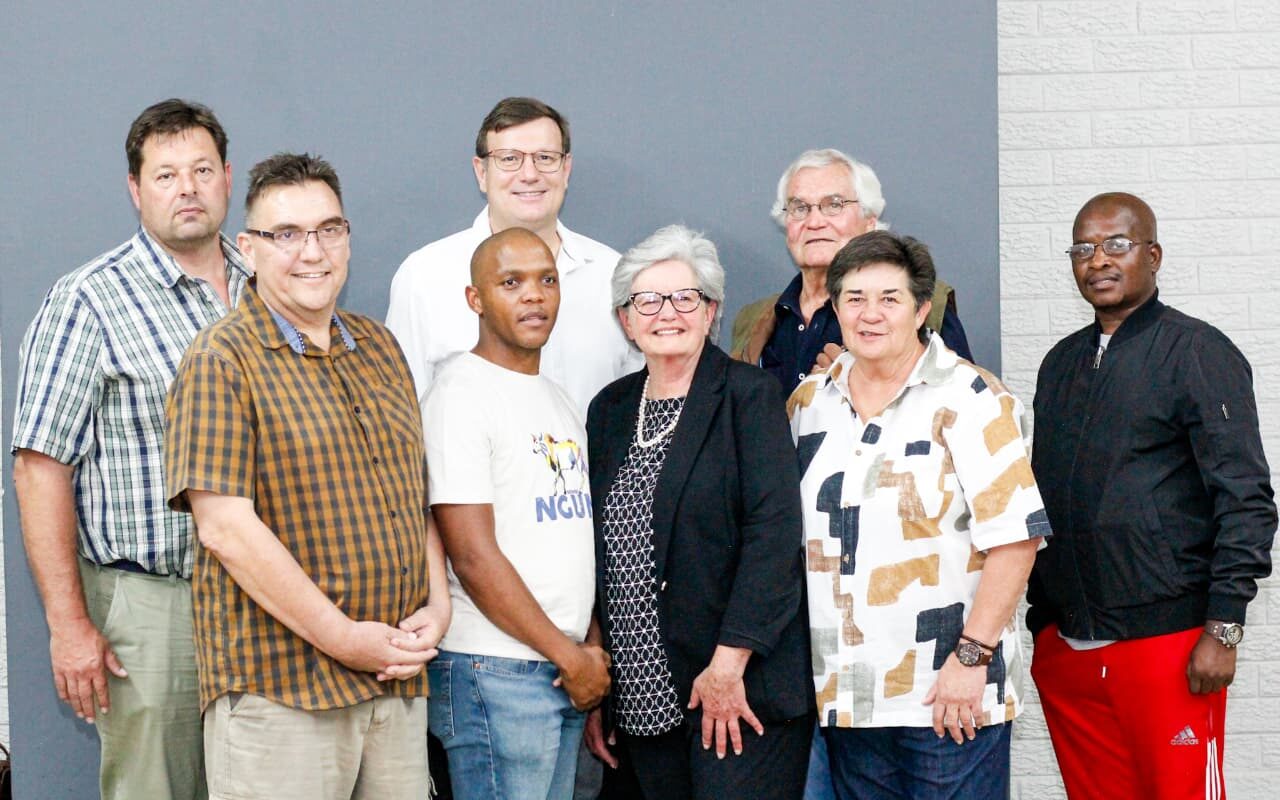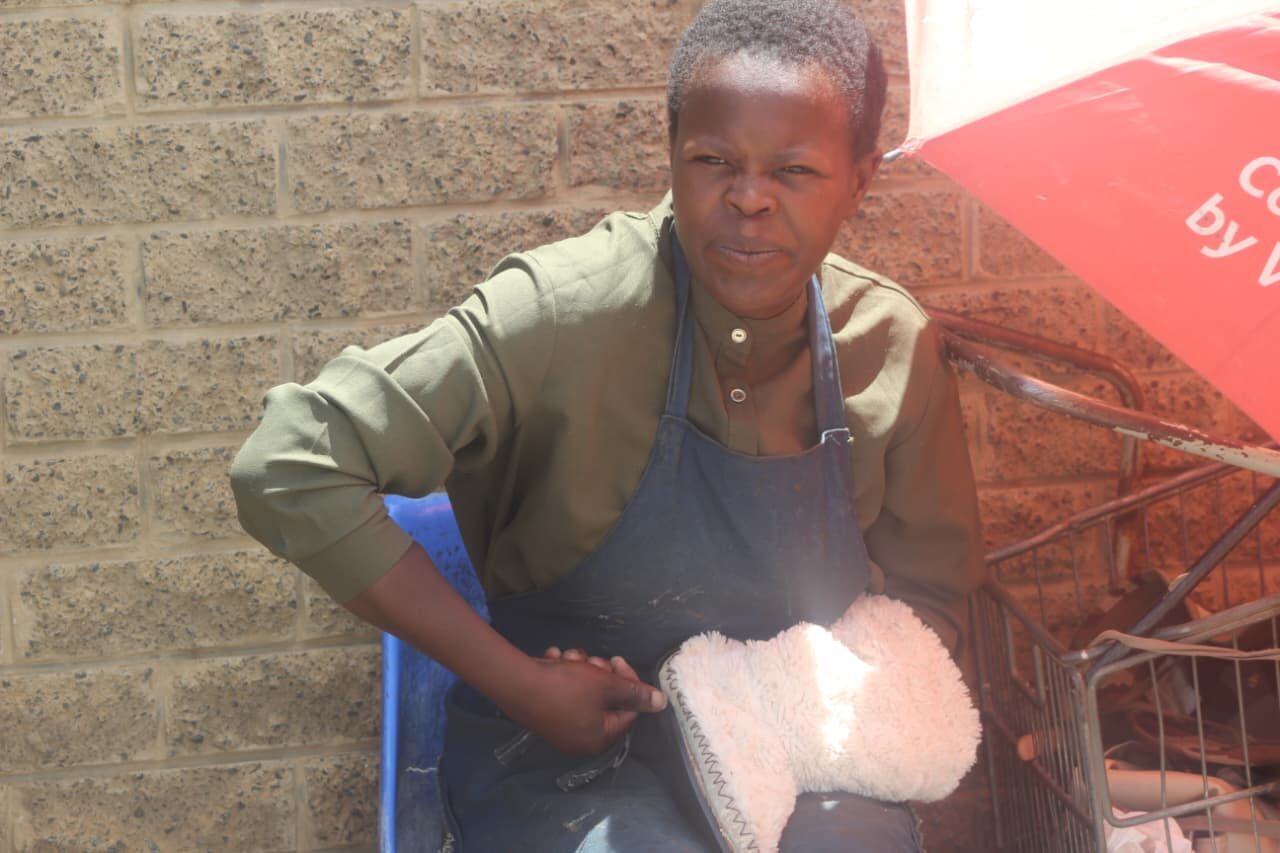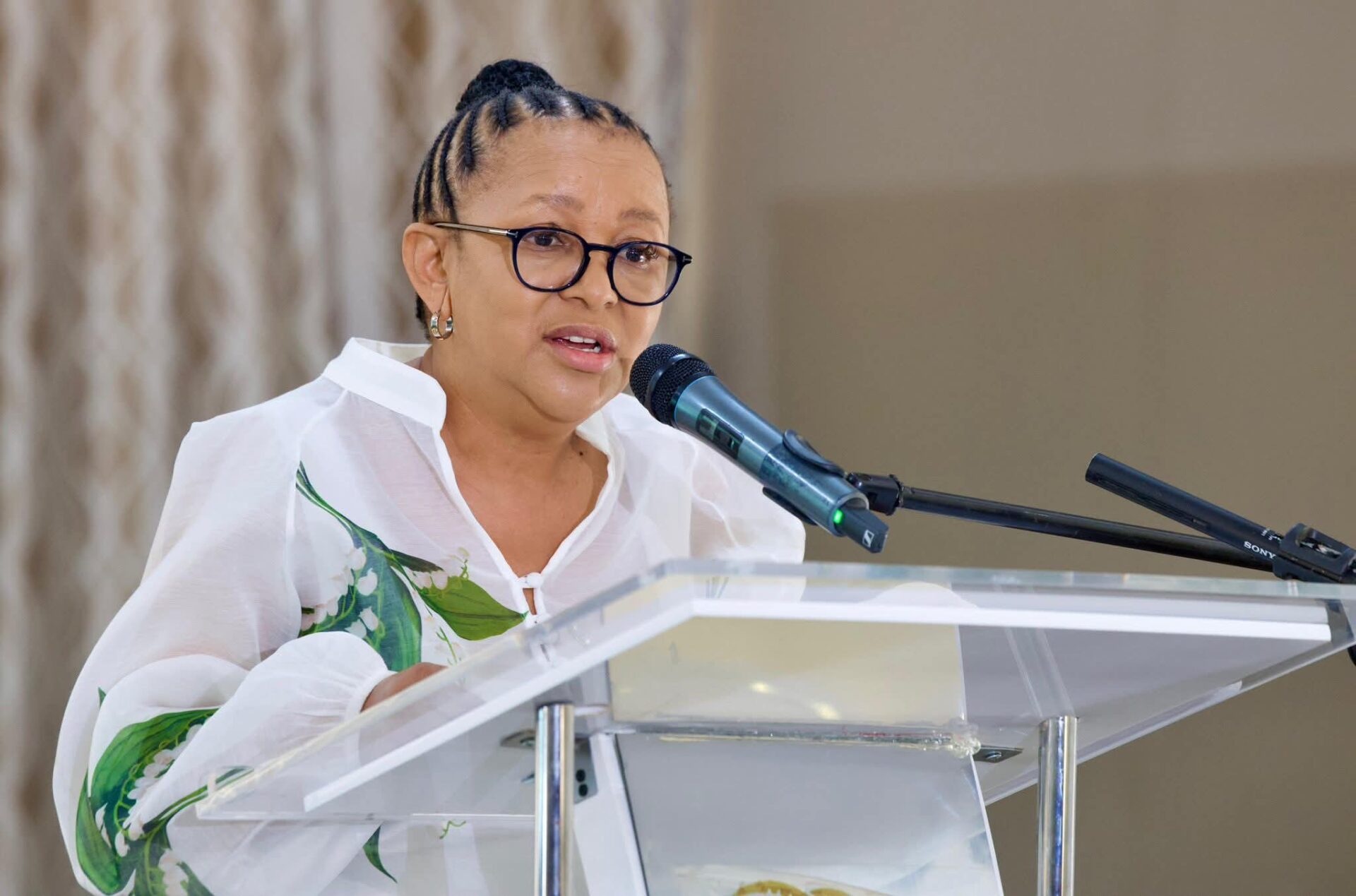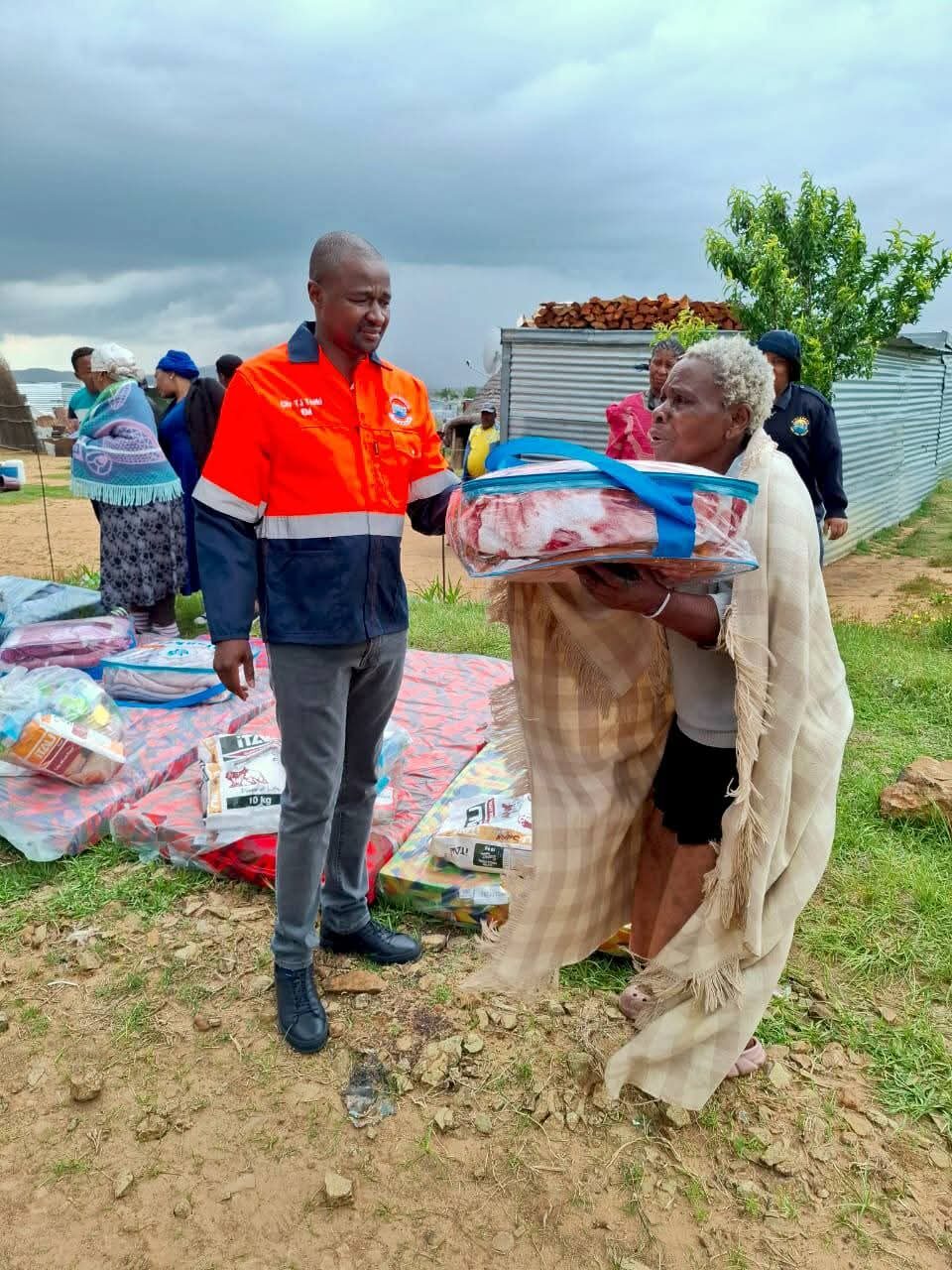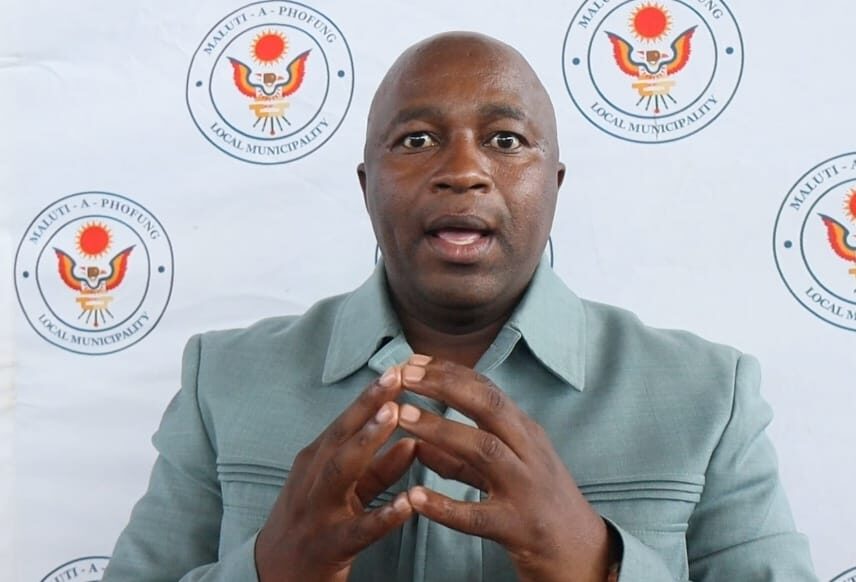By Emily Setona
QWAQWA – The cold front that swept through parts of the Free State from June 8 to 11 had minimal impact on the Thabo Mofutsanyana District, thanks to timely weather alerts from the South African Weather Service (SAWS) and coordinated disaster management efforts.
In an exclusive interview with The Guard, Sthembiso Mthombeni from the Thabo Mofutsanyana District Disaster Management Centre said the district remained largely unaffected by the severe weather conditions.
“We received early alerts from SAWS and maintained close coordination with all local municipalities. Thankfully, there were no major damages, injuries, or fatalities reported,” Mthombeni confirmed.
The only weather-related incident occurred in Ficksburg under the Setsoto Local Municipality, where a brief hailstorm was recorded. “It lasted less than 15 minutes and caused no structural damage. However, some residents experienced minor water leaks in their shacks due to melting hail,” he said.
The Thabo Mofutsanyana District encompasses the municipalities of Setsoto, Nketoana, Phumelela, Dihlabeng, Mantsopa, and Maluti-a-Phofung. According to Mthombeni, none of these municipalities reported heavy snowfall or serious incidents, aside from the isolated hailstorm in Ficksburg.
Much of the district’s resilience is credited to its proactive contingency planning and communication systems. “We have an established snow contingency plan that we activate when necessary. Ahead of the cold front, we convened a virtual Joint Operational Committee (JOC) to assess our preparedness,” Mthombeni explained.
The JOC was formed following a cross-border coordination meeting on May 5, 2025, in Harrismith between the Free State and KwaZulu-Natal provinces. The session included the KwaZulu-Natal Provincial Disaster Management Centre and was convened by the N3 Toll Concession (N3TC). A follow-up simulation exercise was held on May 15 to test emergency coordination protocols.
One key resource made available by N3TC in snow emergencies is brine—a saltwater solution applied to roads to prevent snow build-up and ensure safe travel along the N3 highway from Cedara in KwaZulu-Natal to Heidelberg in Gauteng. “Snow protocols remain on standby and will be activated only if SAWS issues new warnings,” Mthombeni noted.
With the cold front behind them, the district’s focus has now shifted to fire prevention and response. “We are prioritizing fire risks—both structural and veld fires. All six municipalities, along with their respective Fire Protection Associations (FPAs) and Working on Fire teams, are on high alert and ready to respond,” he said.
Mthombeni emphasized the importance of continued collaboration among stakeholders and community involvement as climate patterns become more unpredictable.
“Through strong partnerships and open communication, we are better prepared to handle any challenge that comes our way,” he concluded.







